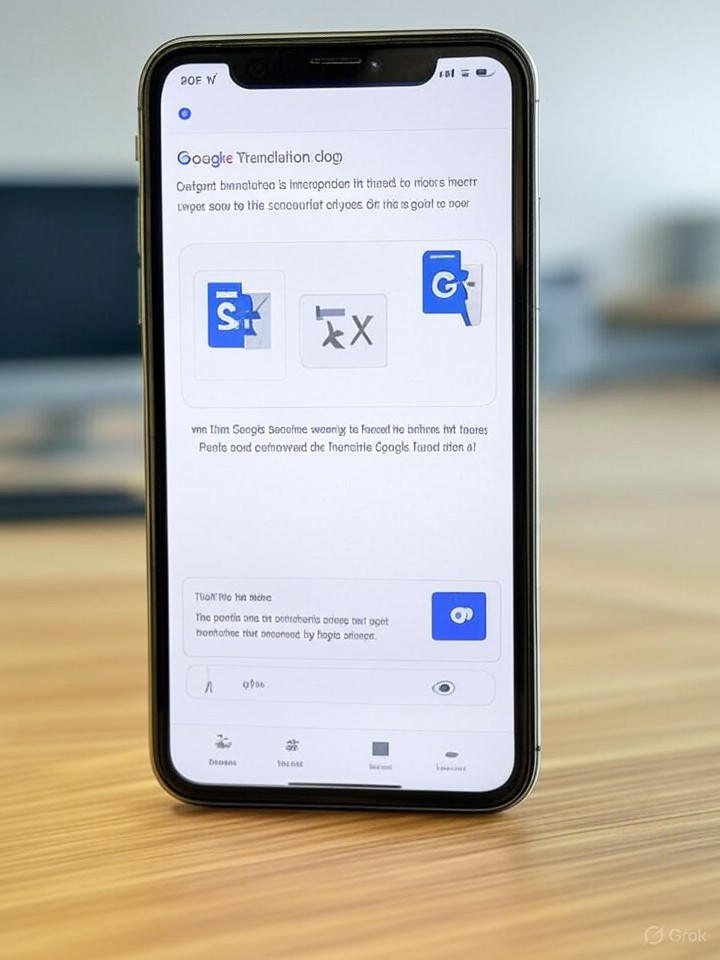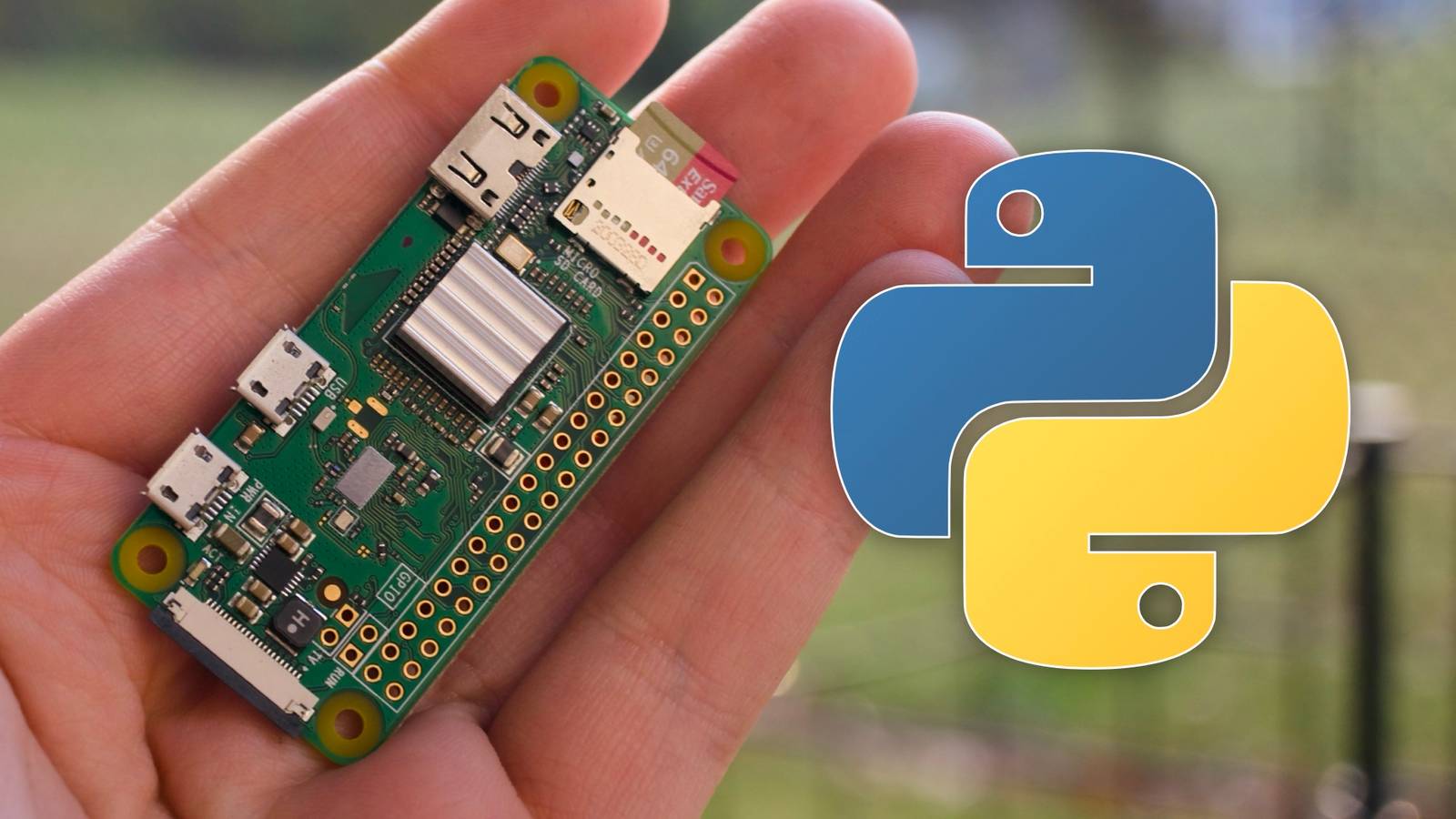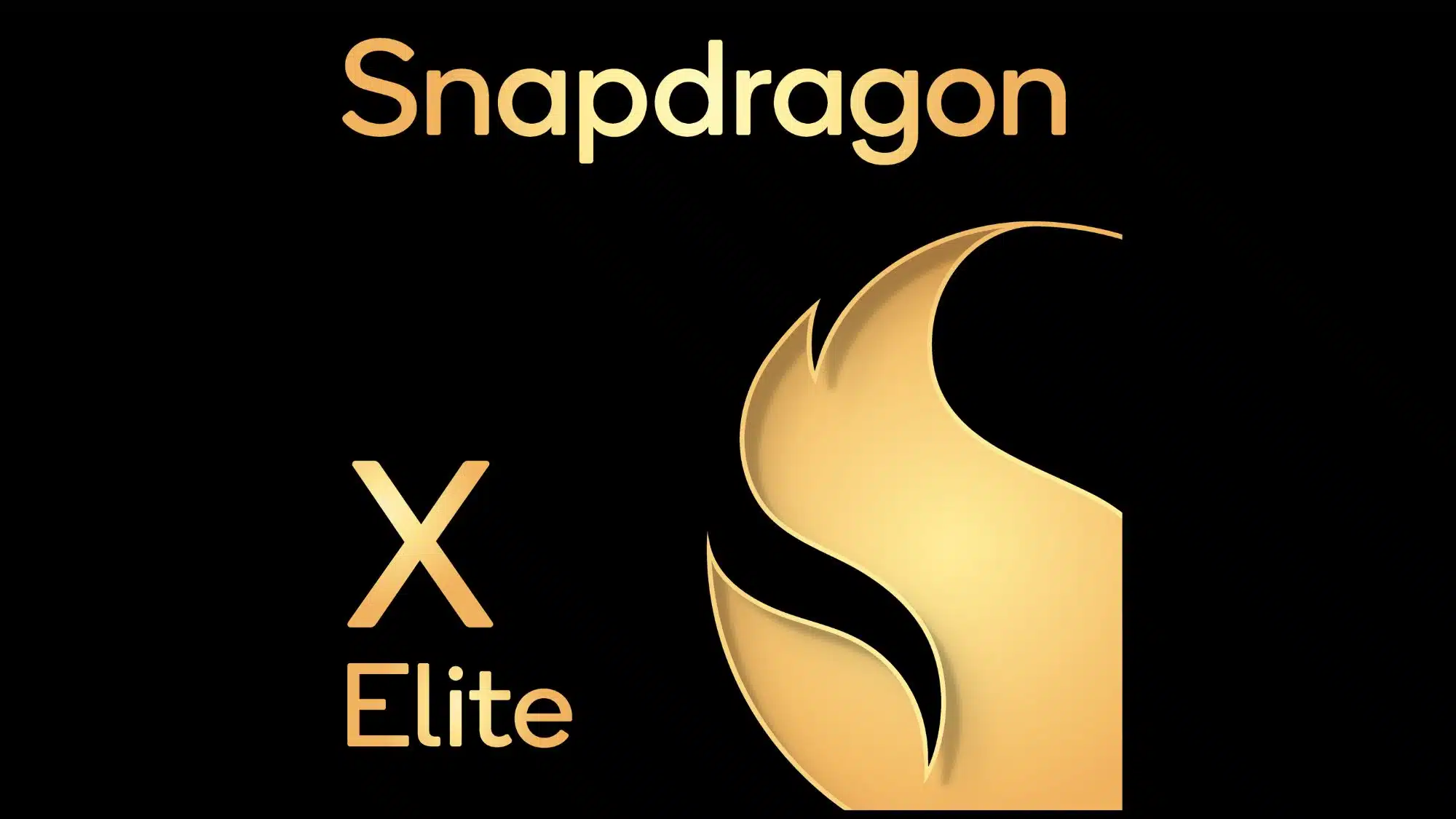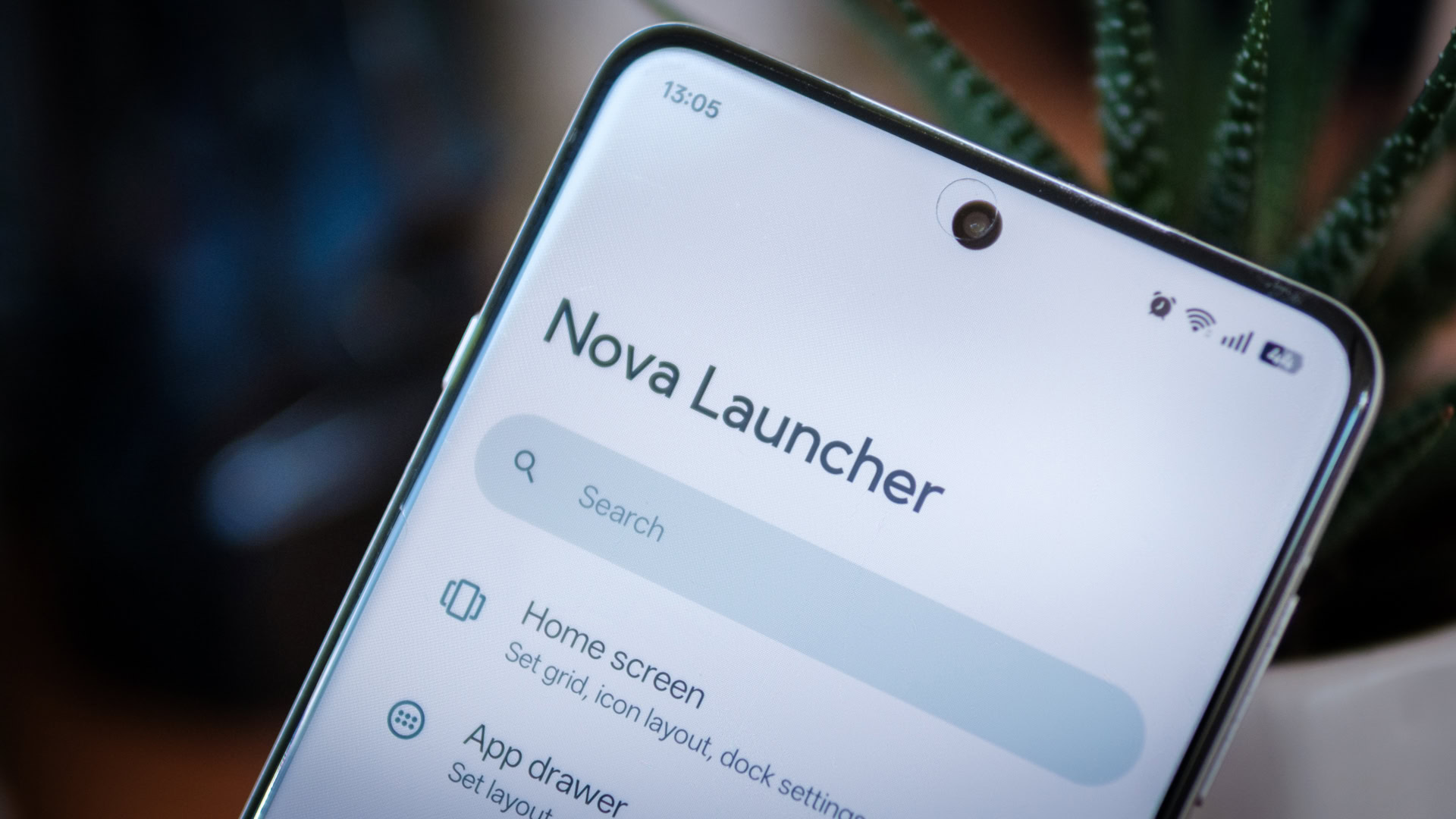In the rapidly evolving world of artificial intelligence, Google has once again pushed the boundaries with its latest Translate app update, introducing an AI-powered feature that promises to demystify translations for users. This new tool, rolled out exclusively to Android devices, allows the app to provide follow-up explanations for its translations, addressing a long-standing user frustration where the reasoning behind certain word choices remained opaque. Building on advances in machine learning, the feature “shows your work,” offering insight into why a particular sentence was rendered in a specific way, which could prove invaluable to language learners and professionals.
The update builds on Google’s broader AI strategy, incorporating generative models to improve user interaction. For example, when translating idioms or culturally nuanced terms, the app now generates contextual breakdowns, potentially reducing cross-cultural communication errors. Industry observers note that the move is part of Google’s efforts to make AI more transparent, a major concern amid growing scrutiny of black box algorithms.
Unlocking the explanatory power of AI
This explanatory capacity is not just a gimmick; it’s rooted in Google’s PaLM 2 language model, which underpins the feature’s ability to analyze and articulate translation decisions. According to a recent report from CrushableThe update was announced as an experimental addition, initially available to a select group of users before a wider rollout. By providing these AI-generated justifications, Google aims to foster trust in its tools, particularly in industries like diplomacy and international trade, where accuracy is paramount.
Early feedback suggests the feature excels at handling ambiguous input, such as slang or regional dialects, by breaking down alternatives and justifying the chosen outcome. This could disrupt competitors like Microsoft Translator, which has lagged in offering such introspective features.
Evolution of translation technology
Google Translate has come a long way since its inception, moving from rule-based systems to neural machine translation, and now into this AI-augmented era. The new feature complements recent additions like Real-Time Conversation Mode, which uses AI for smooth bilingual dialogues. As detailed in a Google blog articleThese enhancements leverage AI not only to translate but also to educate, turning the app into a de facto language tutor.
Additionally, the update comes at a time when the ethics of AI are under scrutiny, with regulators demanding more accountability from tech giants. By embedding explanations directly into the user experience, Google can preempt criticism, positioning Translate as a leader in responsible AI deployment.
Implications for industry adoption
For industry insiders, the real value lies in scalability. Companies that rely on machine translation for their global operations could integrate this functionality into their workflows, minimizing communication errors in contracts or marketing materials. A piece of Crushable highlights how similar AI tools are expanding to include personalized language practice, blurring the lines between translation and education apps like Duolingo.
However, challenges remain, including potential biases in AI explanations that could perpetuate cultural misunderstandings if not carefully monitored. Google indicated ongoing improvements based on user data, suggesting iterative improvements to come.
Future horizons in AI translation
In the future, this update could pave the way for more advanced integrations, such as AI-based software localization or augmented reality overlays in travel apps. Previews of Southeast Asia Mashable emphasize the experimental nature, inviting users to test and provide feedback to shape its evolution.
Ultimately, Google’s push reflects a broader trend toward AI that doesn’t just perform tasks but explains them, potentially transforming how professionals interact with multilingual content in an interconnected world. As adoption grows, it could set new standards for transparency in AI applications across industries.










